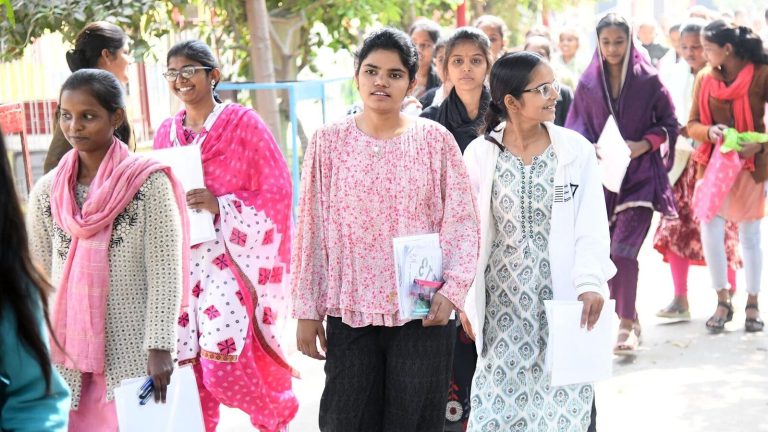The government is contemplating rolling out a system to route and settle interest subsidies on education loans through digital currency wallets, Economic Times reported quoting bank executives aware of this.
A system is being worked out to integrate the Central Bank Digital Currency (CBDC)-based subsidy system with the Unified Portal for Education Loan, one of the executives said. Once this happens, the portal will streamline application submission, loan tracking, and subsidy claims.
Once streamlining happens, what will be the advantages?
After streamlining takes place, the interest subvention amount would be credited to the CBDC wallet of the candidate who is entitled to receive loan subsidy under the Pradhan Mantri Vidyalaxmi (PM-Vidyalaxmi) scheme upon receipt of claims from banks.
How can students redeem interest subvention?
This can be redeemed at the time of loan repayment. The interest subvention amount shall get credited to the education loan account through direct benefit transfer (DBT), ET wrote.
How will it help the banks?
The plan to use CBDC is likely to enable banks to settle interest subvention claims fast and prevent fraud by identifying students availing benefits from multiple state or central schemes.
“The beneficiary students will be installing the wallet app, and this will also help in weeding out duplication of accounts since this will be linked with Aadhaar details,” a second executive said.
How will the process unfold?
The finance ministry last month asked the lenders to prepare for submission of all types of education loan applications and processing of subsidy claims to the new portal and migrate from the current Vidya Lakshmi portal which is meant for the students seeking educational loans.
Canara Bank is working with the Department of Higher Education to ensure that this fully rolls out in a month’s duration, said one of the executives quoted above.
What is the credit guarantee scheme PM-Vidyalaxmi?
Last year in November, the cabinet approved the PM-Vidyalaxmi, through which a loan of up to ₹7.5 lakh will be provided a 75 per cent credit guarantee by the government to support banks in expanding coverage of the education loan scheme.
The interest rates charged on these educational loans are capped at the individual bank’s externally benchmarked lending rate with an additional 50 basis points or 0.5 per cent.
What are the details of the scheme?
According to the scheme details, students from families which have an annual income of up to ₹8 lakh are entitled to a 3 per cent interest subvention on loans up to ₹10 lakh for studying in 860 quality higher education institutions.
In February, the government informed the Lok Sabha that out of about 1.13 million credit guarantees, close to 50,800 have been observed as non-performing assets or NPAs, which is about 4.5 per cent of the total credit guarantees issued.


